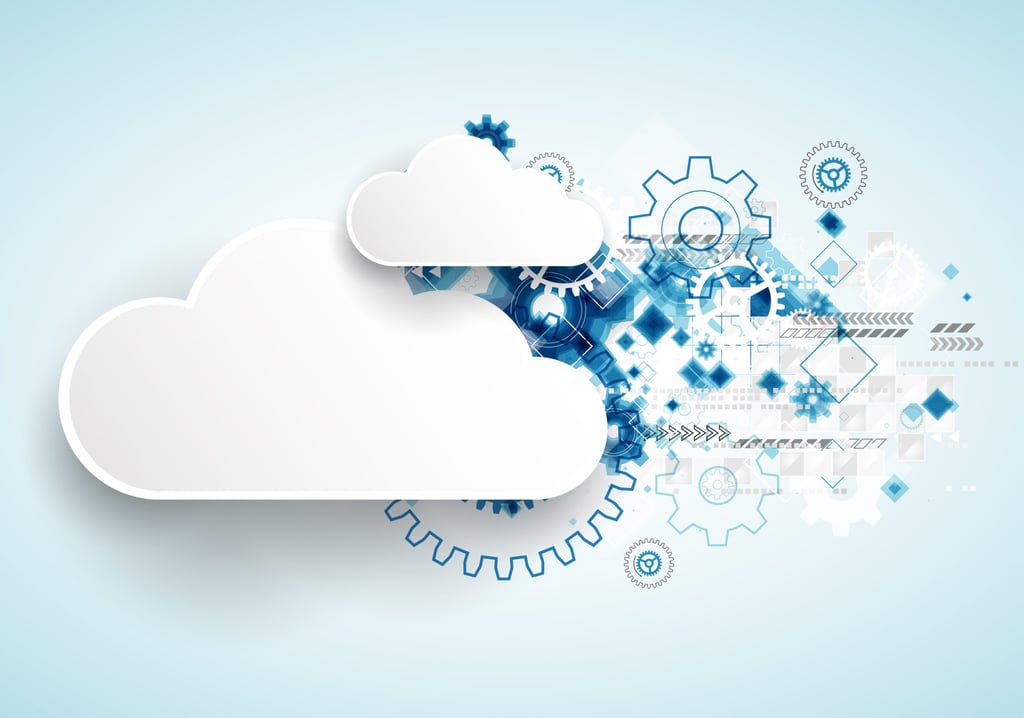Most SaaS solutions rely on APIs and Web services for integration, but as integration demands grow, it may be time to step up to a more robust way of managing these cloud-to-on-premise integrations, some experts contend.
APIs and Web services are great for simple integration, and certainly they’ve been working thus far.
But they do have limitations, and we seem to be reaching them.
“Web services typically accomplish a very specific business process and specific task between two different SaaS applications, and the web services APIs do not lead to repeatability,” writes Ashwin Viswanath, who is responsible for Informatica Cloud’s platform product marketing.
Here’s the problem, in three nutshells:
- APIs and Web services are proliferating like kudzu, which means they’re creating their own “management” challenges. We’re already near the 7,000 mark with open APIs, according to Programmable Web, and the growth rate is only accelerating.
- You still have to build connections for the little buggers, points out Julie Hunt, a veteran software industry analyst. This leads to problems with “reusability” or, as Viswanath puts it, “repeatability” of the integration.
- Data integration needs are becoming more complex as SaaS options “bleed” into other software areas, such as supply chain management, human capital management, product life-cycle management and business intelligence.
The solution: integration platform as a service, or iPaaS. Or, at least, so say Viswanath and Hunt, who are, it must be noted, writing for vendor blogs.
“The proliferation of APIs along with SaaS adoption only strengthens the need for an integration PaaS that abstracts the underlying orchestrations of these APIs to end users,” Viswanath writes. “With increasing confidence of the existence of the integration PaaS, companies will continue to adopt SaaS apps in other LOBs, and not just the mainstream CRM or HCM categories.”
Hunt, writing on Pervasive’s Data Integration blog, explains that an iPaaS allows you to create reusable integration, which should cut down on the “constant re-invention” of API connectors. Hunt outlines a list of ways iPaaS supports more sophisticated data “stuff” (my highly technical word), like:
- Virtualized data services
- Governance
- REST-ful services
- Agile interoperability at multiple levels
- Metadata discovery
- Transformation rules
One other interesting point: iPaaS can be used by business users, according to Hunt.
“Business processes are a vital part of IaaS (or iPaaS) effectiveness – data only makes sense relative to business processes, whether they run between cloud and on-premises for a single enterprise, or in more complex B2B ecosystems,” she writes. “IaaS has the potential to empower employees to more quickly accomplish vital tasks for enterprises, as data and process integrations become more and more important to business success.”
Fortunately for in-house IT departments, these integration platforms are now frequently embedded in other solutions.










